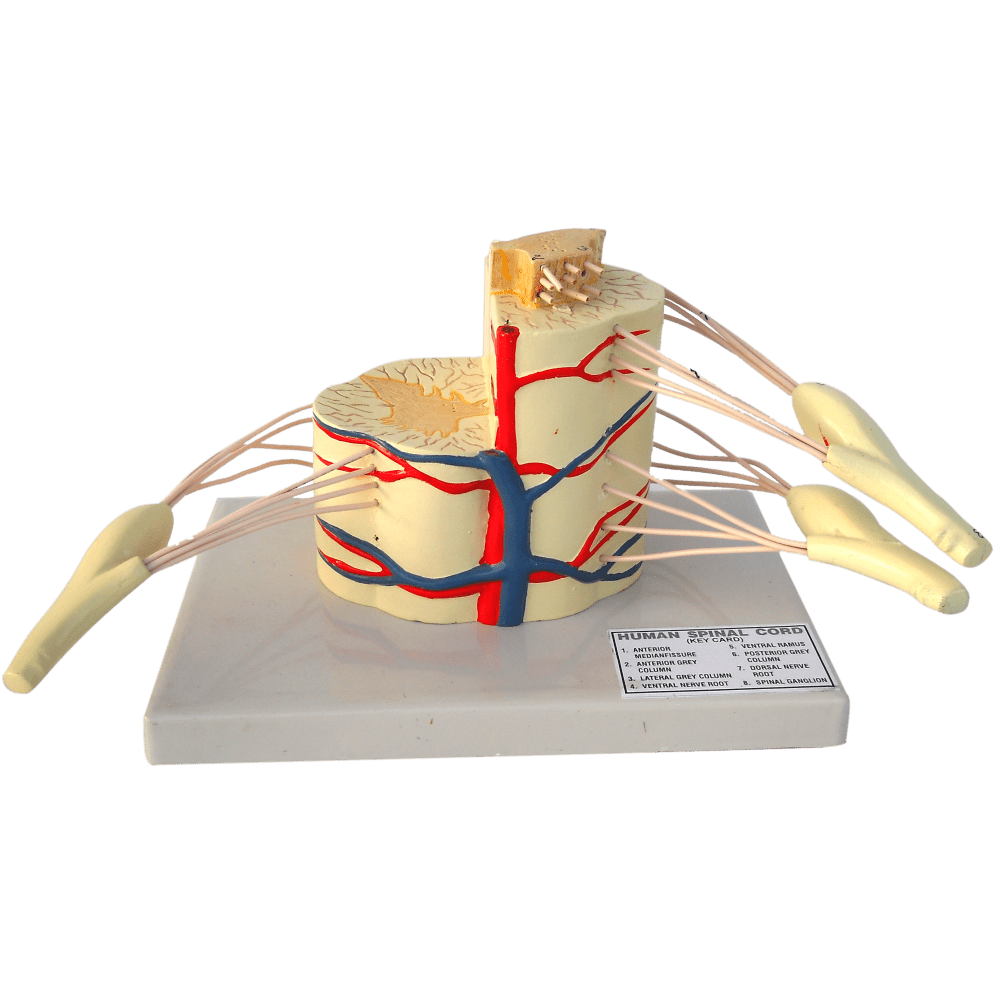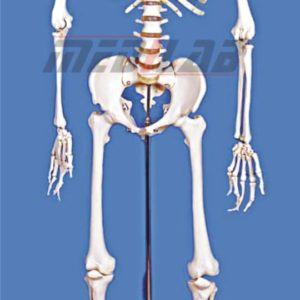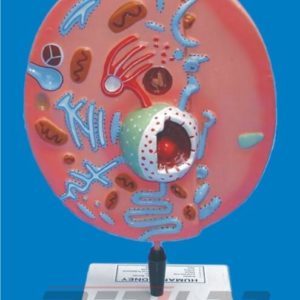Description
A human spinal cord model is a representation or simulation of the structure and function of the spinal cord, which is a long, thin, tubular bundle of nerve fibers and associated tissues that extends from the brainstem to the lower back. The spinal cord serves as a conduit for transmitting sensory and motor signals between the brain and the rest of the body, as well as containing reflex circuits that can generate rapid, automatic responses to certain types of stimuli.
Spinal cord models may be physical or computer-generated and are used in research, education, and clinical applications. Physical models may be constructed using synthetic materials, such as plastics or resins, or from real human or animal spinal cords that have been preserved through various techniques. These models can be used to study anatomy and physiology of the spinal cord, as well as the effects of various injuries or diseases on spinal cord function.
Computer-generated models can simulate the behavior of the spinal cord at different levels of detail, from the molecular to the macroscopic level. These models may incorporate different aspects of spinal cord function, such as the electrical activity of individual neurons, the formation of neural circuits, and the propagation of signals along nerve fibers. They can be used to study the mechanisms of spinal cord injury or disease, as well as to develop and test new treatments or therapies for spinal cord disorders.







